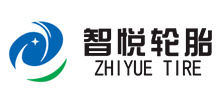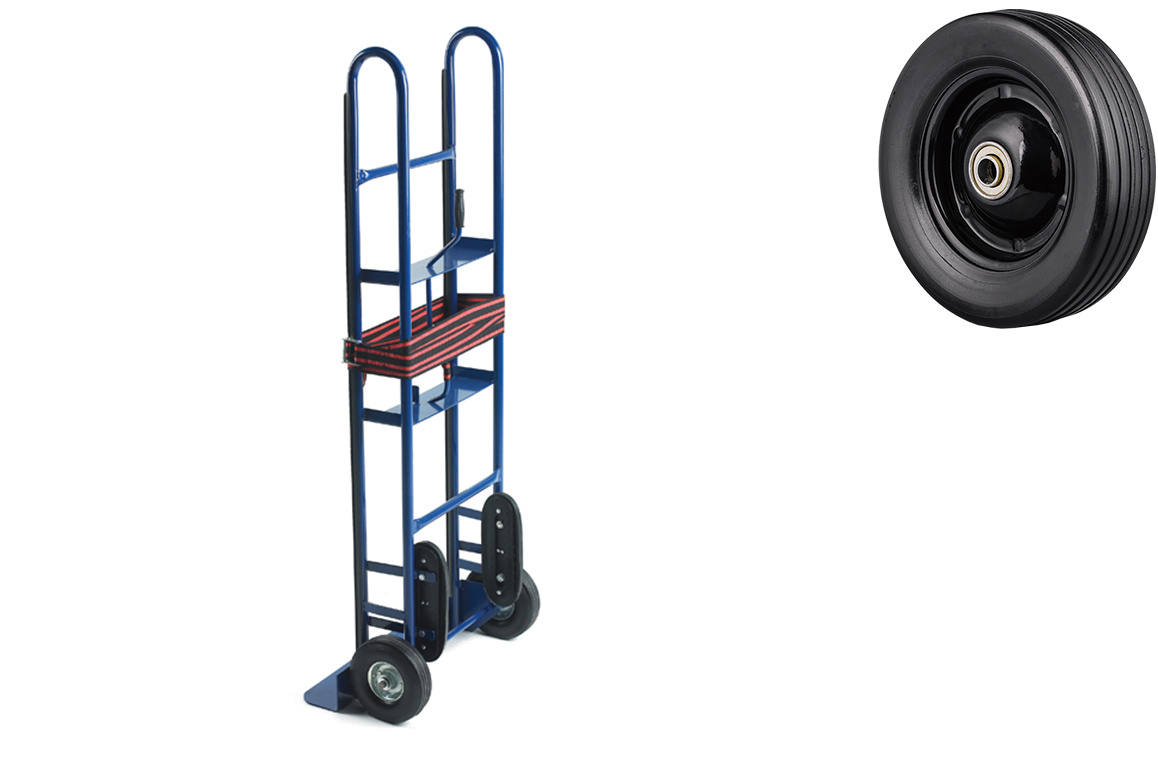News
Understanding 320mm Rubber Wheels: Key Features and Applications
Release time:
2025-03-14 11:20
320mm rubber wheels are a vital component in the automotive and motorcycle sectors, playing an essential role in a wide range of applications. Understanding their features, advantages, and usage contexts can significantly benefit industry professionals when selecting the right wheels for specific needs.
Firstly, the size of 320mm refers to the diameter of the wheel, which is crucial for ensuring c
320mm rubber wheels are a vital component in the automotive and motorcycle sectors, playing an essential role in a wide range of applications. Understanding their features, advantages, and usage contexts can significantly benefit industry professionals when selecting the right wheels for specific needs.
Firstly, the size of 320mm refers to the diameter of the wheel, which is crucial for ensuring compatibility with various vehicles and machinery. The diameter impacts not only the wheel's fitment but also its performance characteristics. Smaller wheels may provide better maneuverability, while larger wheels generally offer improved stability and load-bearing capacity.
Material choice is another critical aspect of 320mm rubber wheels. The rubber composition is designed to withstand various environmental conditions, including temperature fluctuations and moisture exposure. High-quality rubber wheels excel in providing traction, flexibility, and shock-absorption capabilities. These properties are particularly important for applications involving heavy loads, as they help reduce wear and tear on both the wheels and the surfaces they traverse.
In the context of the automotive and motorcycle industries, 320mm rubber wheels are commonly used in various vehicles, including scooters, small motorcycles, and electric bikes. Their ability to absorb shocks makes them ideal for urban environments with uneven surfaces. Furthermore, they contribute to a smoother ride, enhancing both comfort for the rider and overall vehicle performance.
The versatility of 320mm rubber wheels extends beyond standard vehicles. They are also employed in specialized equipment such as industrial carts, lawn care machinery, and utility vehicles. For professionals working in these sectors, selecting the right wheel size, material, and tread design can mean the difference between optimal performance and frequent maintenance issues.
Another noteworthy feature of 320mm rubber wheels is their ease of replacement. Regular inspections and timely replacements can prevent performance deterioration, making it essential for industry professionals to remain vigilant about the condition of these wheels. Factors such as wear patterns and tread depth should be monitored closely to ensure safety and efficiency.
In summary, 320mm rubber wheels are a fundamental component within the automotive and motorcycle sectors. Their size, material properties, and versatility make them suitable for a wide range of applications. For professionals in the industry, understanding these features and their implications can lead to better decision-making when it comes to vehicle maintenance, equipment selection, and overall performance enhancement. By staying informed about the latest advancements and best practices related to 320mm rubber wheels, industry professionals can ensure their operations run smoothly and effectively.
Firstly, the size of 320mm refers to the diameter of the wheel, which is crucial for ensuring compatibility with various vehicles and machinery. The diameter impacts not only the wheel's fitment but also its performance characteristics. Smaller wheels may provide better maneuverability, while larger wheels generally offer improved stability and load-bearing capacity.
Material choice is another critical aspect of 320mm rubber wheels. The rubber composition is designed to withstand various environmental conditions, including temperature fluctuations and moisture exposure. High-quality rubber wheels excel in providing traction, flexibility, and shock-absorption capabilities. These properties are particularly important for applications involving heavy loads, as they help reduce wear and tear on both the wheels and the surfaces they traverse.
In the context of the automotive and motorcycle industries, 320mm rubber wheels are commonly used in various vehicles, including scooters, small motorcycles, and electric bikes. Their ability to absorb shocks makes them ideal for urban environments with uneven surfaces. Furthermore, they contribute to a smoother ride, enhancing both comfort for the rider and overall vehicle performance.
The versatility of 320mm rubber wheels extends beyond standard vehicles. They are also employed in specialized equipment such as industrial carts, lawn care machinery, and utility vehicles. For professionals working in these sectors, selecting the right wheel size, material, and tread design can mean the difference between optimal performance and frequent maintenance issues.
Another noteworthy feature of 320mm rubber wheels is their ease of replacement. Regular inspections and timely replacements can prevent performance deterioration, making it essential for industry professionals to remain vigilant about the condition of these wheels. Factors such as wear patterns and tread depth should be monitored closely to ensure safety and efficiency.
In summary, 320mm rubber wheels are a fundamental component within the automotive and motorcycle sectors. Their size, material properties, and versatility make them suitable for a wide range of applications. For professionals in the industry, understanding these features and their implications can lead to better decision-making when it comes to vehicle maintenance, equipment selection, and overall performance enhancement. By staying informed about the latest advancements and best practices related to 320mm rubber wheels, industry professionals can ensure their operations run smoothly and effectively.
320mm rubber wheels



